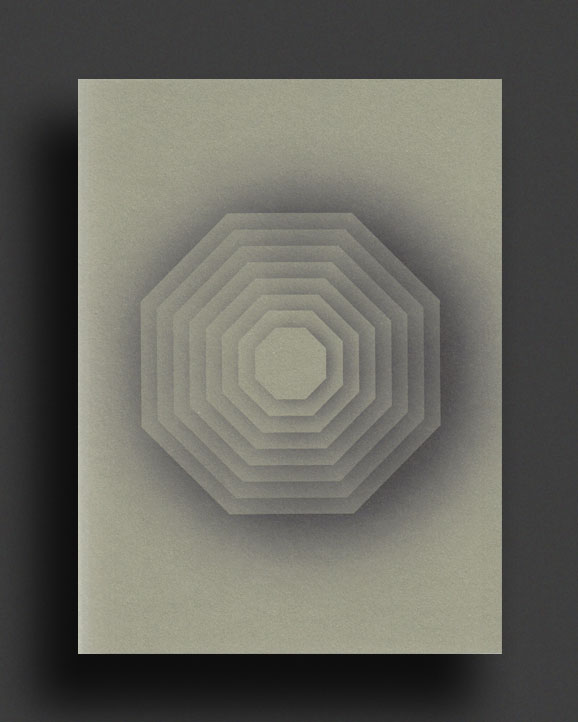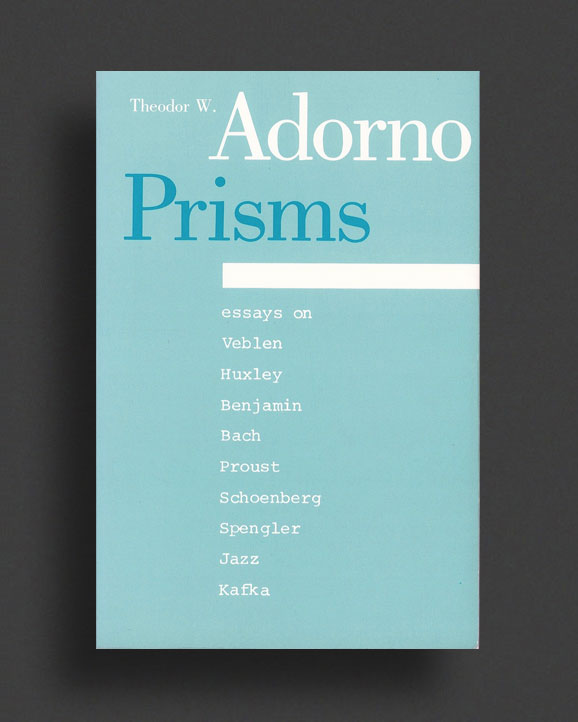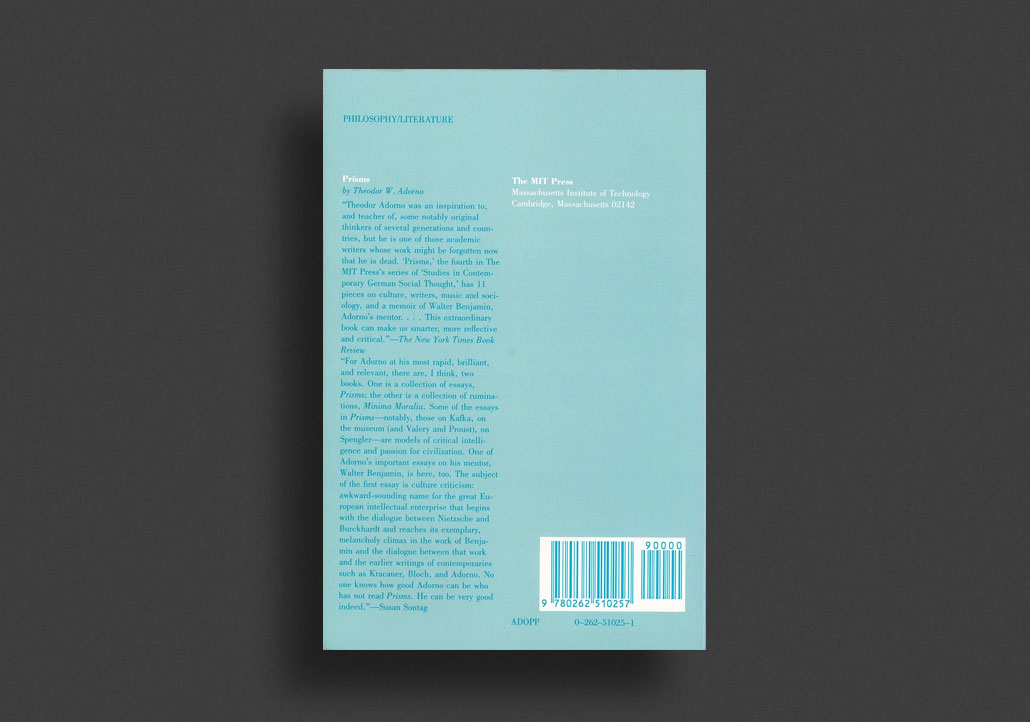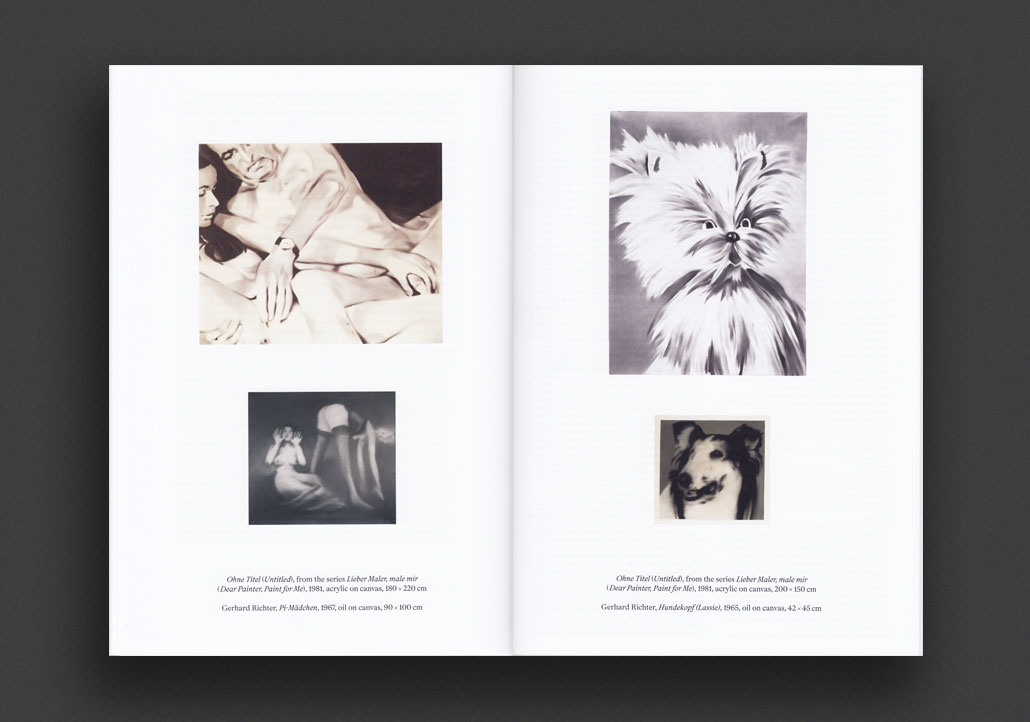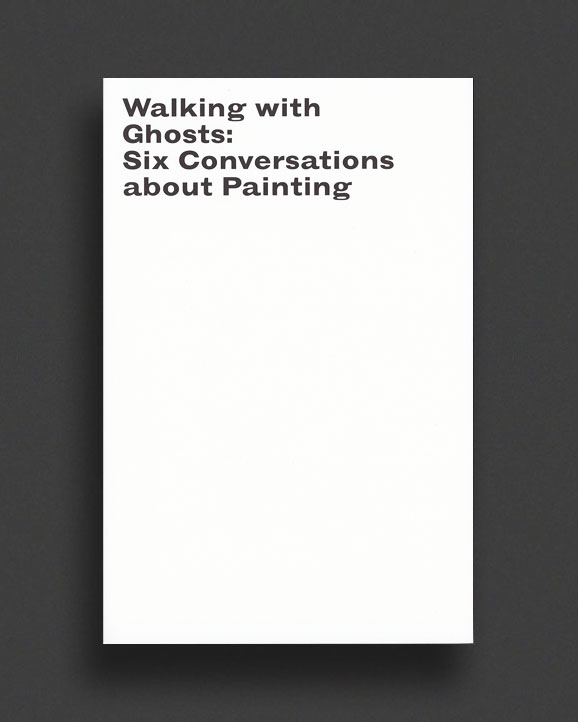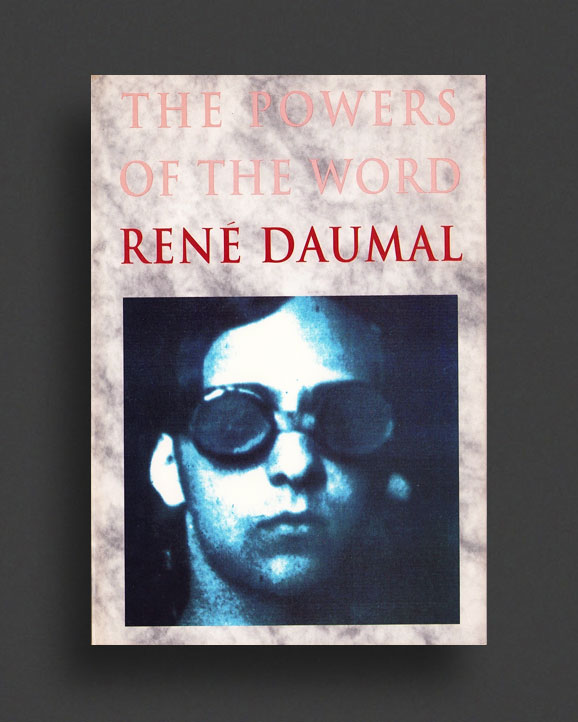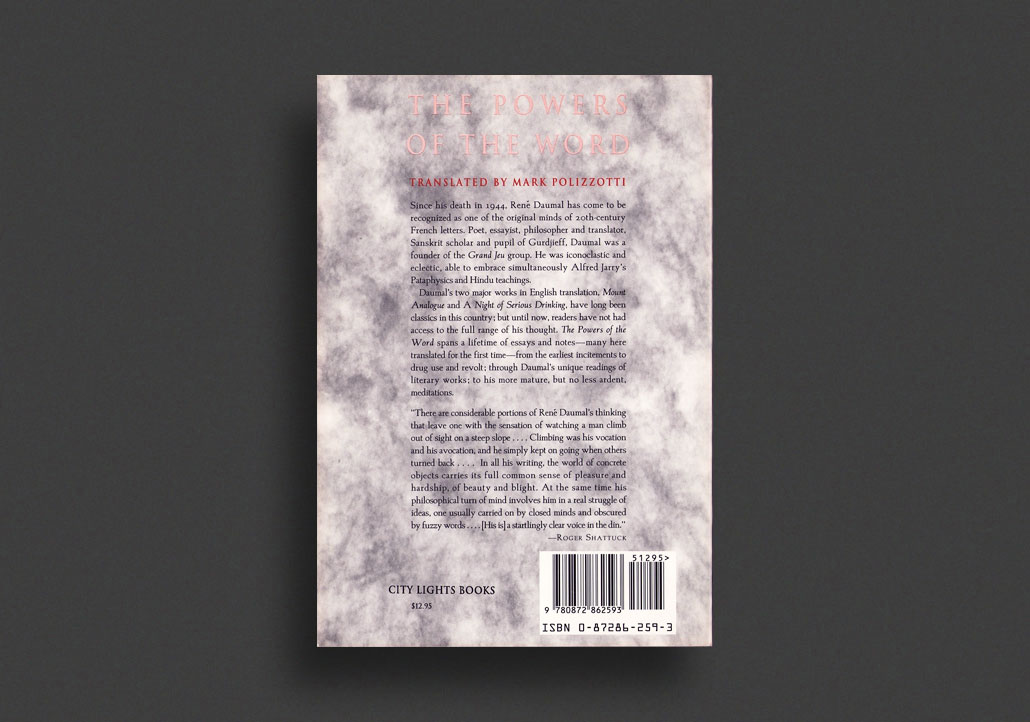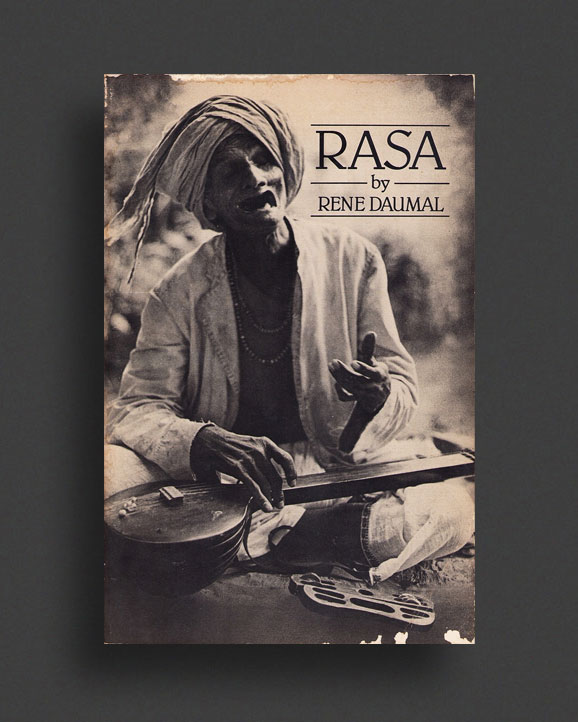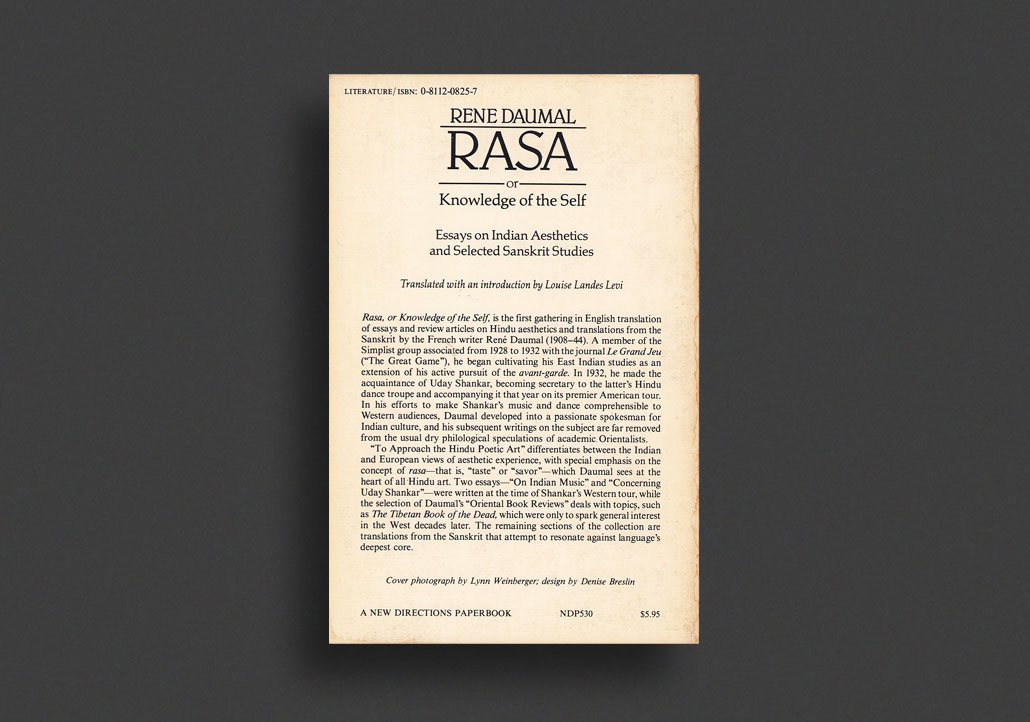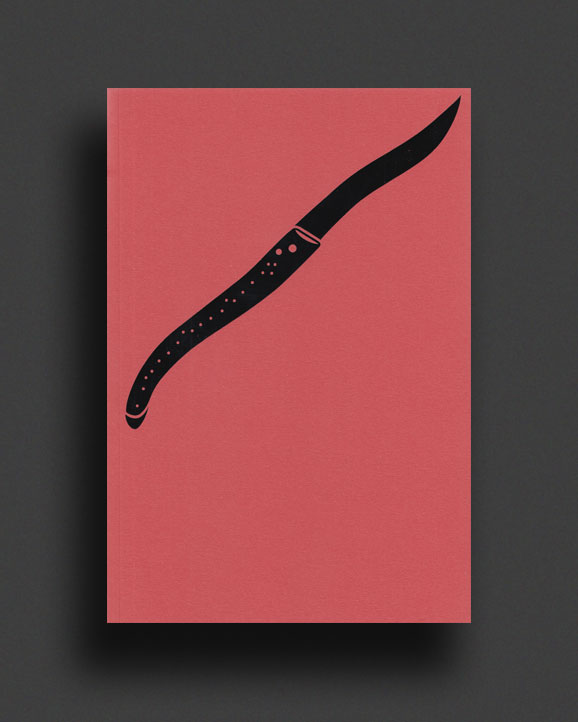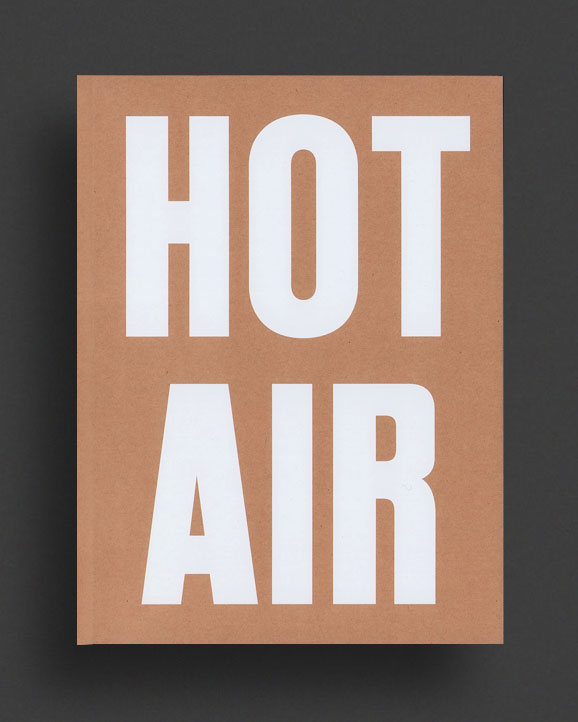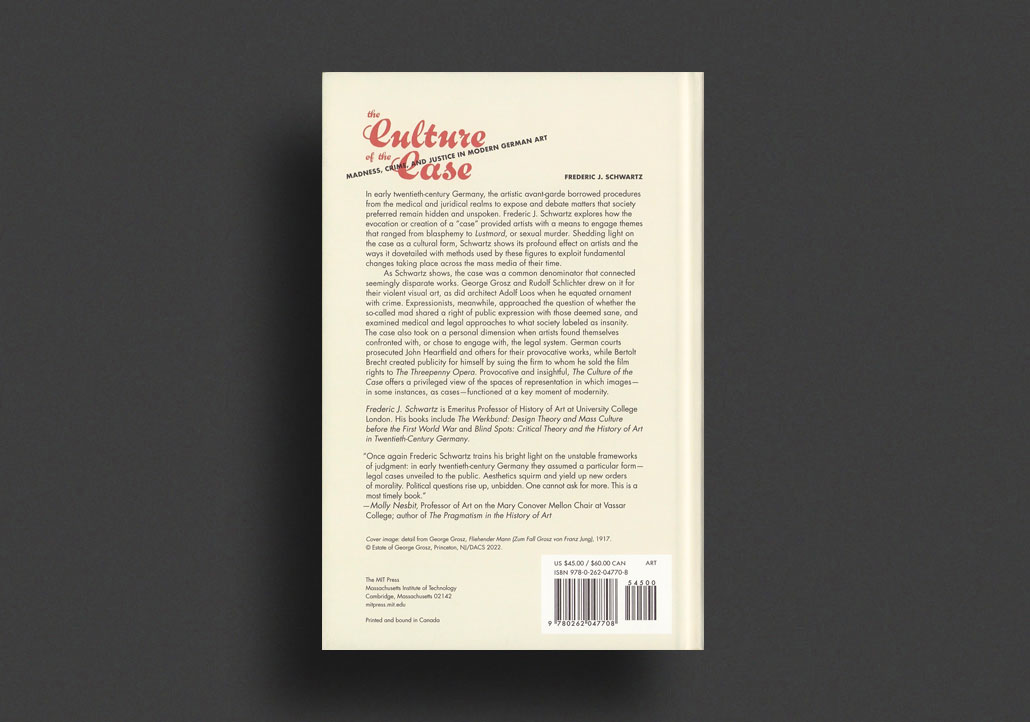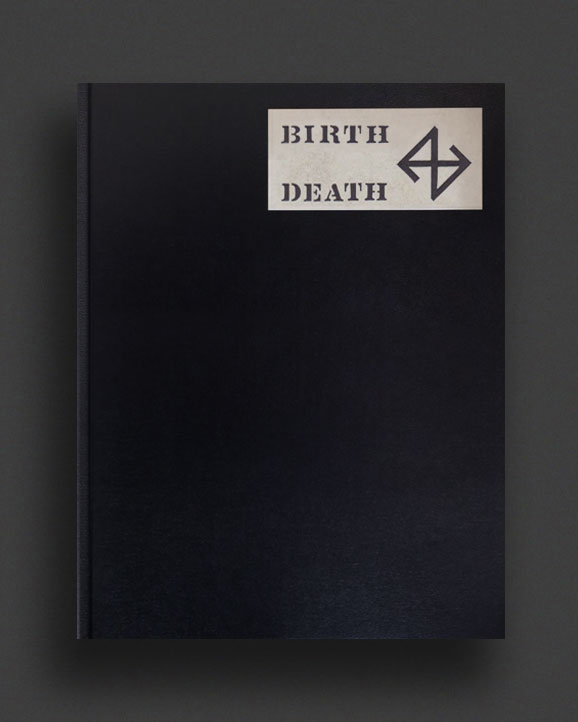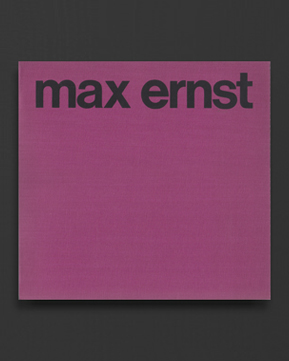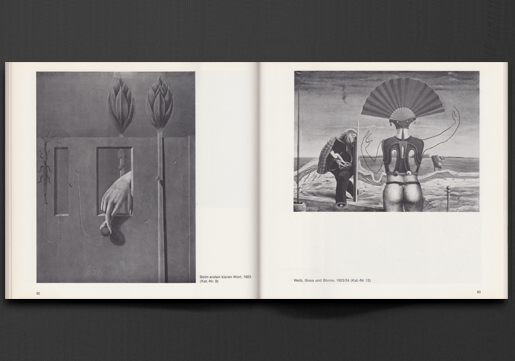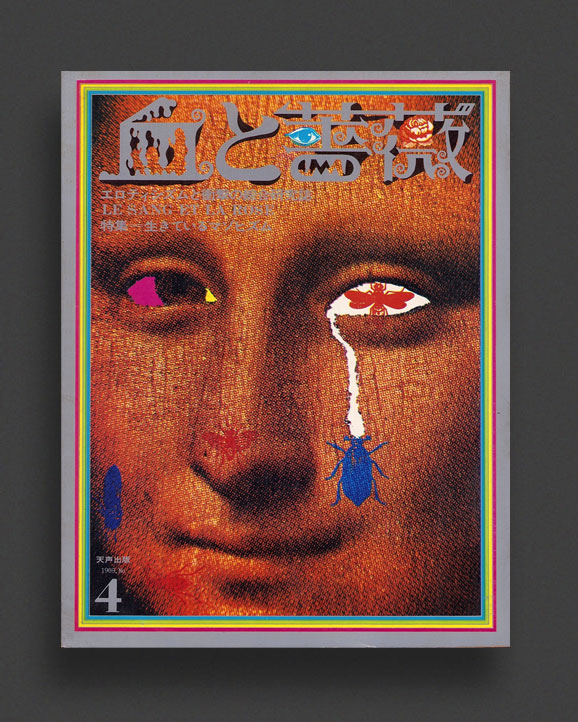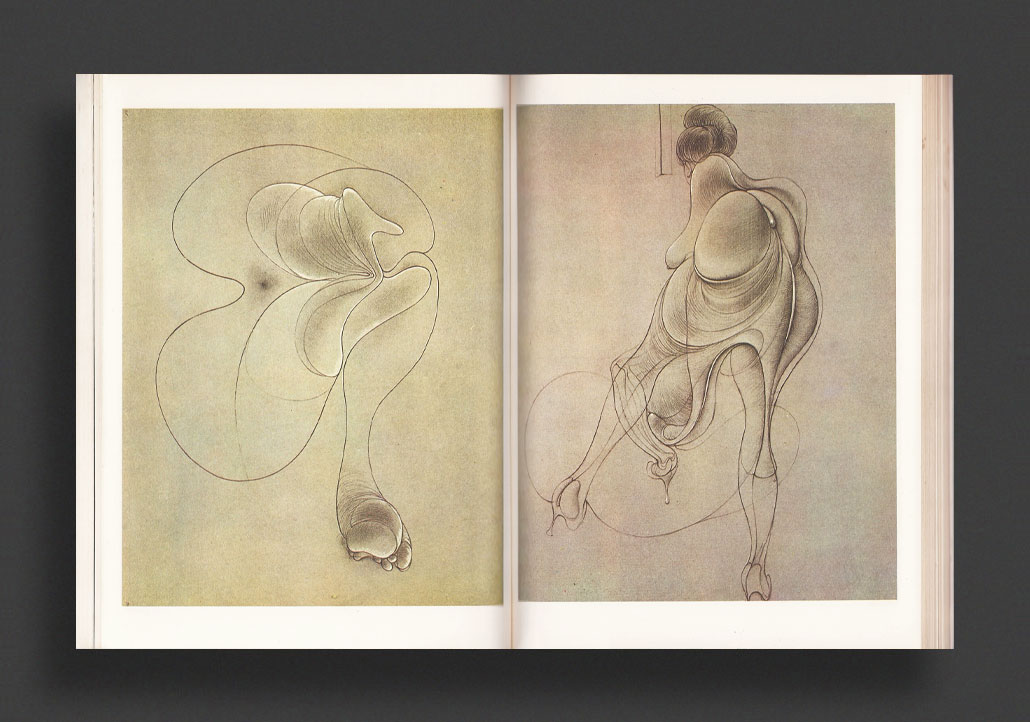(...less)
Revue de Érotologie, Homosexualité, Sadisme, Masochisme, Fétischisme, Narcissime, Infantilisme, Magie, Occultisme, Humour Noir, Complexe Psychisme. What more could you ask for? Le Sang Et La Rose is a masterpiece of the Japanese underground. A groundbreaking, powerful, yet short-lived Japanese arts and literary journal published in Tokyo from late 1968—mid 1969, published in a total of four luxurious, now collectible, volumes. The first three issues were edited by Tatsuhiko Shibusawa (1928—1987), a legendary, controversial Japanese novelist, art critic, translator of French writers such as Jean Cocteau, Georges Bataille and Marquis de Sade, and specialist in medieval demonology. The importance of this magazine to the Japanese avant-garde and radical culture cannot be overstated.
Born from a period of political, social and economical turmoil in Japan, Le Sang Et La Rose may be understood as a emblematic distillation and product of the late ‘60s student rebellion and anti-authoritarian underground culture. Wilfully politically subversive, the publication drew upon a vast range of perspectives - from criticism, literature, obscure esoteric sciences, art, eroticism, radical avant-garde and a historical-rooted Japanese counterculture; featuring literature, theory, art, photography, illustration and graphic design from the most innovative and subversive Japanese and international (predominately French) artists, authors and critics, spanning the themes above. As instigator, Tatsuhiko Shibusawa in effect formulated the magazine’s design to be a spiritual and political operative that would weaponize its readers minds. This stance was made clear in the 1969 manifesto text — "My 1969" — in which Shibusawa discuss' how he perceived the ‘60s as being the age of ideas, ideas as weapons, and outlined a distain towards systems of power, moralism, State oppression, sanitised and harmless liberalism, dogmatic academic sciences and an outright distrust for ideological, progressive literary scholars who advocate "freedom of expression", but have never caused friction with the judicial power. The magazine sketched out an aim to push towards a new kind of personal freedom, intellect, autonomy and moral compass. Here, the concept of ‘erotism’ — as discussed by Georges Bataille in his highly influential 1957 book "Erotism: Death and Sensuality" — acts as a critical force.
Issue no. 1 (1968) sets the scene perfectly, opening with Japanese author Yukio Mishima depicted as Saint Sebastian by photographer Kishin Shinoyama in a pictorial feature "Les Morts Masculines", a photographic homage to Georges Bataille that also features the photography of Eikoh Hosoe, Ikkō Narahara, Masahisa Fukase, and Osamu Hayasaki, with models including Butoh founder Tatsumi Hijikata, actor Akira Mita, author Tatsuhiko Shibusawa, actor Jin Nakayama, playwright Jūrō Kara, and others. Other features include " All Japanese are Perverse" — stories by Japanese writers including Yukio Mishima, Taruho Inagaki, Yutaka Haniya, Shinji Sōya; Henry Miller's letters to Anais Nin; a colour gallery of artwork by Belgian painter Paul Delvaux; articles on Vampire fantasy in the arts (including many original illustrations; Witches (illustrated by James Ensor); Oriental Eros, Ancient Indian poetry; Kama Sutra; female bi-sexuality; the history of gay (Danshoku) theatre in Japan; the full-colour art gallery "Masturbation Machine", featuring avant-garde artists Natsuyuki Nakanishi, Masuo Ikeda, Setsu Nagasawa, Carlos Marchioli, Kuniyoshi Kaneko, Masakazu Horiuchi, Tadanori Yokoo, Koji Suzuki, Tommy Ungerer; the fully illustrated museum supplement "Pain and Pleasure : On Torture" by Tatsuhiko Shibusawa with artworks throughout history; pornographic stories by Guillaume Apollinaire and Nicolas Restif de la Bretonne (who coined the term "Pornographer"); fiction by Pierre Morion (pseudo. André Pieyre de Mandiargues); critic Jin'ichi Uekusa on the controversial writings of Roger Peyrefitte, illustrations by Ernst, Bellmer, Labisse, Fini, Lam, and much more.
Tatsuhiko Shibusawa (1928—1987), was a well-known and controversial Japanese novelist, art critic, and translator of French writers such as Jean Cocteau, Georges Bataille and Marquis de Sade. In 1960 he and his publisher, Kyōji Ishii, were trialled for public obscenity over the publishing of Shibusawa's translation of de Sade's Juliette into the Japanese language. What was to be known as the "Sade Trial" took 9 years and although many of Japan's leading authors testified for the defense, in 1969 the Japanese Supreme Court ruled them guilty and charged. This did not deter Shibusawa, whose essays on black magic, demonology and eroticism were popular reading in Japan, and in 1981 he was awarded the 9th Izumi Kyoka Literature Prize.
Good copy with some spine damage and tanning/wear.
File under:
Max Ernst
Léonor Fini
Felix Labisse
Wilfredo Lam
Hans Bellmer
Paul Delvaux
Natsuyuki Nakanishi
Masuo Ikeda
Setsu Nagasawa
Carlos Marchioli
Kuniyoshi Kaneko
Masakazu Horiuchi
Tadanori Yokoo
Koji Suzuki
Tommy Ungerer
Tatsumi Hijikata
Tatsuhiko Shibusawa
Eikoh Hosoe
Ikkō Narahara
Masahisa Fukase
Osamu Hayasaki
Kishin Shinoyama
James Ensor
Tatsuhiko Shibusawa
Jin'ichi Uekusa
Roger Peyrefitte
Yukio Mishima
Taruho Inagaki
Yutaka Haniya
Shinji Sōya
Henry Miller
Suehiro Tanemura
Guillaume Apollinaire
Andre Pieyre De Mandiargues
Nicolas Restif de la Bretonne
Jūrō Kara
Tensei Shuppan / Tokyo
Fiction / Poetry
Japanese Photography
Occult / Esoterica
Philosophy
Photography
Art
Illustration / Graphic Art / Bandes Dessinées
Fetishism / BDSM
LGBTQ+
Eros
Ero Guro / Erotic / Grotesque
Out-of-print / Rare
Periodicals
Counterculture
Surrealism
Symbolism / Decadence / Fin de siècle
Transgressive / Visceral / Abject
Ancient / Medieval / Gothic






















































































































































